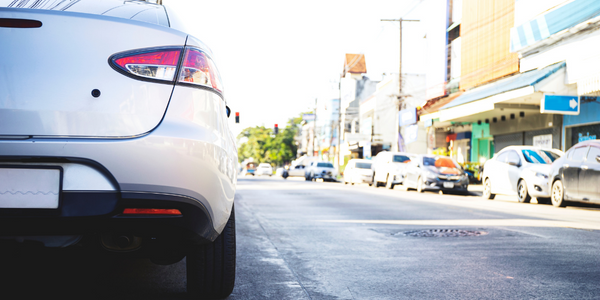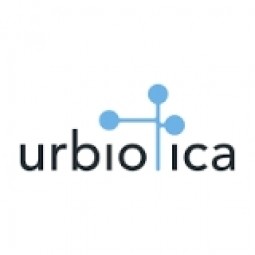
技术
- 传感器 - 相机/视频系统
适用行业
- 城市与自治市
适用功能
- 物流运输
用例
- 智能停车
客户
尼斯市
关于客户
法国尼斯
挑战
尼斯市的地方行政部门面临着严峻的流动形势,这导致严重的管理问题和对其公民生活质量有害的污染。与我们的合作伙伴一起为尼斯政府开发的项目的目标是减少前往市中心的车辆流量并鼓励使用替代交通工具。
解决方案
1) 传感系统 该项目基于部署 4,500 个 U-Spot 传感器和 570 个信息亭。传感器实时检测 550,000 名用户已使用的停车位的占用情况。 2) 实时信息 我们的 MOV'Smart 解决方案可实时通知市民停车位的可用性和费率以及替代交通方式(公共交通、自行车、共享汽车等)。 3)促进当地贸易 该项目通过当地的实用信息和娱乐活动或促销活动(酒店、餐馆、旅游景点、天气等)来改善用户体验并促进当地贸易。 4) 防止饱和 该系统使行政部门和城市管理者能够根据可用性、交通甚至当前污染水平对停车位应用动态价格。调整价格使它们能够影响交通密度,防止饱和并大大减少城市的污染。用户可以在互联网、智能手机和安装在街道上的面板上查看所有信息,从而更容易决定在哪里停车以及在城市中游览的最佳方式。尼斯政府认识到其公民生活质量的提高。
收集的数据
Asset Status Tracking, Carbon Dioxide Emissions, Parking Availability, Traffic Behavior, Traffic Flow
运营影响
数量效益

Case Study missing?
Start adding your own!
Register with your work email and create a new case study profile for your business.
相关案例.

Case Study
Turning A Stadium Into A Smart Building
Honeywell created what it called the “intelligent system” for the National Stadium in Beijing, China, turning the venue for the opening and closing events at the 2008 Summer Olympics into a “smart building.” Designed by highly controversial artist Ai Weiwei, the “Bird’s Nest” remains one of the most impressive feats of stadium architecture in the world. The 250,000 square meter structure housed more than 100,000 athletes and spectators at a time. To accommodate such capacity, China turned to Honeywell’s EBI Integrated Building Management System to create an integrated “intelligent system” for improved building security, safety and energy efficiency.
.png)
Case Study
Smart Street Light Network (Copenhagen)
Key stakeholders are taking a comprehensive approach to rethinking smart city innovation. City leaders have collaborated through partnerships involving government, research institutions and solution providers. The Copenhagen Solutions Lab is one of the leading organizations at the forefront of this movement. By bringing together manufacturers with municipal buyers, the Copenhagen Solutions Lab has catalyzed the development and deployment of next-generation smart city innovations. Copenhagen is leveraging this unique approach to accelerate the implementation of smart city solutions. One of the primary focus areas is LED street lighting.

Case Study
Buoy Status Monitoring with LoRa
The Netherlands are well-known for their inland waterways, canals, sluices and of course port activities. The Dutch Ministry of Infrastructure indicates that there are thousands of buoys and fixed items in and near water environments that would profit from IoT monitoring. One of the problems with buoys for example, is that they get hit by ships and the anchor cable breaks. Without connectivity, it takes quite some time to find out that something has happened with that buoy. Not to mention the costs of renting a boat to go to the buoy to fix it. Another important issue, is that there is no real-time monitoring of the buoys at this moment. Only by physically visiting the object on the water, one gains insight in its status.

Case Study
Barcelona Case Study
Barcelona’s heavy traffic and its associated high levels of pollution were the primary factors that motivated some companies and universities to work on strategies for improving traffic in the city centre. Bitcarrier is one of the technologies involved in the In4Mo Project, whose main objective is to develop the applications that form the core of smart mobility, one of the fundamental pillars of the smart city concept.

Case Study
China Mobile Smart Parking
Smart Parking, powered by NB-IoT technology, is making it easier for drivers to find free parking spots. Cities can better manage their parking assets and maximize the revenue available to them as a result. Drivers searching for parking create congestion and pollution by circling and hunting for available parking. Smart Parking services are able to significantly ease these problems by guiding a driver directly to a parking space.








